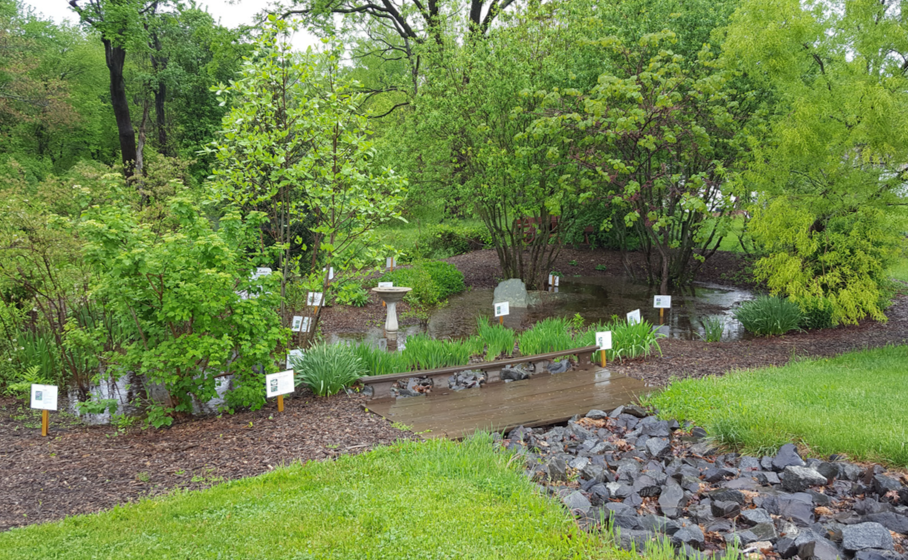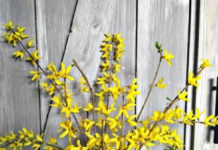By Gretchen C. Van Benthuysen
With an average rainfall of 45 inches per year, New Jersey is considered a “water rich” state.
But the average New Jersey resident uses 100 gallons of water per day, and even more in the summer. Water demand in this densely populated place is quickly approaching the resource’s limits, according to the Rutgers New Jersey Agricultural Experiment Station.
When given lemons, make lemonade, said Jay Eriv, landscape designer and owner of Grounds Keeper in Matawan.
Create a rain garden dedicated to managing runoff from lawns – as well as impervious rooftops, driveways, roads and parking lots – that will slowly seep into the ground instead of running into the waterways.
“Overdevelopment makes lots of hard surfaces and pollutants,” Eriv explained. “We need to capture the water so the pollutants (pesticides, fertilizers, petrochemicals) don’t end up in the storm drain.”
Generally, a rain garden is a shallow basin created specifically to capture and filter stormwater before it becomes runoff. It is landscaped with native plants with deep root systems. Microbes in the soil break down the pollutants in the water before they have a chance to enter the storm drains.
Eriv believes rain gardens will be like solar panels: Once people appreciate the philosophy, they’ll want to install them. You may have noticed them popping up at local schools, in parking lots and on private and public property.

Courtesy Patricia Mahon, Monmouth County Master Gardens
And for plant establishment and easier digging as a result of spring rain, it soon will be the best time to create one, or two or three.
“When people tell me ‘I can’t grow grass there’ or ‘It’s too wet there,’ that’s a good place for a rain garden,” said Quinn Lahm, manager of Brock Farms, Home & Garden World in Colts Neck. After a soaking rain, dig a shallow hole about a foot deep, drop in a liner with holes poked in it for drainage, add some sterilized sand and then some top soil that works like glue, Lahm said.
Avoid a building’s foundation and any area that slopes toward the house. And remember to call NJ One Call at 800-272-1000 for utility markouts including underground gas, water, sewer, cable, telephone and electric before you do any digging. Also consider modifying a drainpipe to empty into a container that stores water.
As far as what to plant in your rain garden, both Lahm and Eriv agree native plants are best. Use a variety of plants and trees, including grasses and groundcovers, wild flowers, ferns and shrubs, like sedges, marsh marigold, coreopsis, black-eyed Susans, viburnum, birch and many more. The Rutgers New Jersey Agricultural Experiment Station has a wonderful Water Resources Program with a rain garden manual available online at water.rutgers.edu.
Rain gardens make your yard and neighborhood look nice, attract wildlife and create habitats for butterflies, humming birds and honeybees, Eriv said, especially if you add an aboveground water element, such as a circulating birdbath.
“School organizations mostly have asked about rain gardens,” said Natale Siclare, the lifestyle and gardening expert at Sickles Market in Little Silver. “They want to make an impact on the environment as the rivers and ocean are just blocks away.
“I think it’s really great there are curb sewer grates in Red Bank that remind us they drain directly into the water,” he said.














